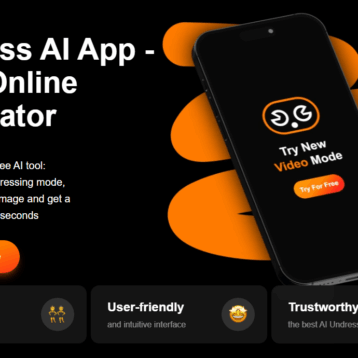
Introduction
Facility Management Software has been seen by experts as helping to eliminate the threat of building projects generating a loss when handover from builder to owner occurs. Over the years such software has evolved to become a vital ally in keeping all of a building’s stakeholders informed as to the state and future outlook of the building. Here are four trends that make facility management software even more of an ally moving forward.
CAFM
Computer-Aided Facility Management (CAFM) software is the latest evolution of Facility Management Software and easily outclasses previous iterations. This is done by including many customer-orientated services within the software package. Such services can include room reservations, facilities service, space management, and asset management. One of the main advantages CAFM offers over previous Facility Management Software packages is that it is data-driven, securely storing all the relevant data to a building from multiple sources in much the same way the old-school planning room did, but with much better ease of access to information.
For more on the advantages of CAFM visit https://revizto.com/en/facility-management-software/.
Machine Learning
CAFM has certainly shone a new light on how adoption can help eliminate losses for both the building and maintenance industries, but the software model has been quick to adopt emerging technologies to further supplement its features. One such technology is machine learning. The technology coupled with artificial intelligence can be used to track and predict an asset’s performance before it fails. The technology can be used by maintenance teams to predict when maintenance needs to be done in the future to address potential problems from becoming real problems down the line.
Big Data
With the proliferation of numerous Internet of Things (IoT) devices that collect a wealth of data, software developers saw that principles guiding big data can readily be adopted in CAFM packages. Advanced analytics can be applied to the mass amounts of data collected by IoT devices, providing facility managers with a wealth of information pertaining to machinery for example. This information can then be used to detect issues like machinery deterioration before they become a problem.
Mobile First
Mobile devices have allowed better communication and access to information, even from off-site locations, that could not be dreamed of by earlier generations. By arming facility managers with mobile devices loaded with software geared to Facility Management they can access information at any time to make informed decisions. One of the major advantages of adopting a mobile-first stance is that downtimes can be reduced significantly positively impacting the bottom line.
Conclusion
Facility management software when properly implemented can replace the old musty planning room with a user-friendly experience with access to far more data than the planning room could ever store. With the adoption of new technologies improvements on how relevant data can be quickly accessed have been seen.










